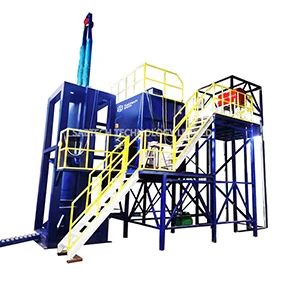
How to prevent self-ignition in low-density foam production:
Low-density polyurethane (PU) sponge foam, with a density below 18 kg/m³, faces a significant challenge in heat dissipation during production, particularly when the water-to-polyol ratio exceeds 4.5 parts per 100 parts of polyether polyols, and TDI (Toluene Diisocyanate) usage surpasses 55 parts. The limited heat dissipation within the foam can result in temperatures exceeding 180°C during the foaming process, posing a severe risk of self-ignition and potential fire hazards.









